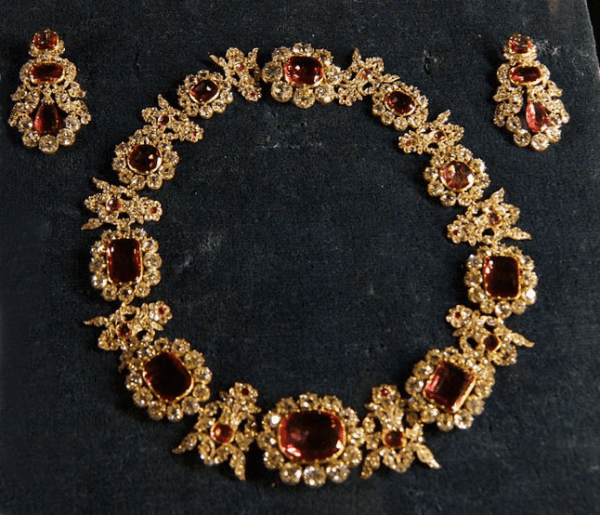
 |
| Chris Jackson – Pool/Getty Images |
 |
| Jeff J Mitchell/Getty Images |
 |
| Chris Jackson – Pool/Getty Images |
 |
| Carlos Alvarez/Getty Images |
 |
| Chris Jackson – Pool/Getty Images |
 |
| Ole Jensen/Getty Images |
 |
| Handout/Pierre Villard/Le Palais Princier via Getty Images |
 |
| Chris Jackson – Pool/Getty Images |







